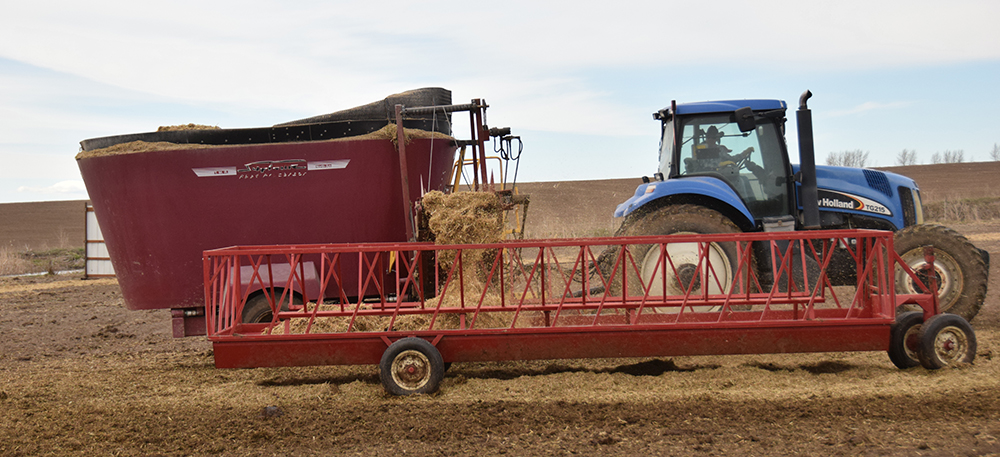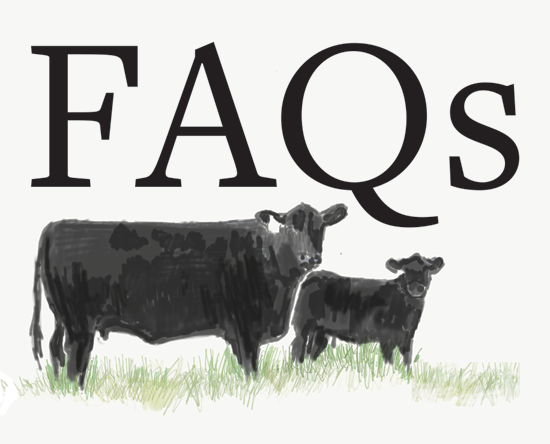SWOT Analysis for You and Your Ranch
Gauging operational strengths, weaknesses, opportunities and threats is a great way to start the year.
With any approaching new year, there are grand plans of going to the gym, drinking less, eating more vegetables and so on. While those are great goals, they mean little and might not get accomplished if there isn’t a plan behind them. The same can be said of your operation. Maybe next year is the year you want to expand your herd, pay off debt or finally replace a fence that keeps coming down. Whatever the goal is, if there’s no plan to get it done, it will fall by the wayside of “someday.” The best way to develop a plan to reach your goals is to figure out your operation’s baseline. Where is it now?
Gizmos & Gadgets
Products for use on farms, ranches and feedlots.
This month’s new product features include innovations in hay equipment, portable/permanent waterers, silage inoculants, and a handbook on livestock risk management.
December 6, 2022 | Vol. 15 : No. 12
Potential Effects of a Long, Hard Drought on the Subsequent Calving Season
Get cows ready for spring calving during winter.
Drought across the Great Plains has greatly reduced the supply of grass available this grazing season. While many cows went to market to save grass for a core herd, those cows that remain may have had access to limited, dry pastures. Grass in many areas appeared dormant as early as July. Therefore, not only was quantity limiting, but quality may have been limiting, as well.

